Classical astrology pays a lot of attention to the houses, which are fixed portions of the ecliptic tied to the horizon. In addition to the signs and planets in each house, houses are interpreted according to the triplicity rulers of the house’s occupying sign. The topics associated with these rulers are known as the house triplicities.
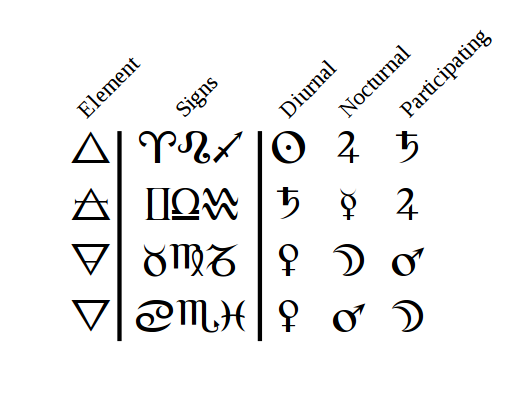
The triplicity rulers of the signs and elements
Here are the topics associated with the house triplicities.1
| House | Primary | Secondary | Participating |
|---|---|---|---|
| 1 | Youth | Middle Age | Old Age |
| 2 | Wealth in Youth | in Middle Age | in Old Age |
| 3 | Elder siblings | Middle siblings | Younger siblings |
| 4 | Father | Property | Negotiation skills |
| 5 | Children | Sensual pleasures | Honors |
| 6 | Health | Servants | Work |
| 7 | Intimate relationships | Conflict | Business associates |
| 8 | Death | Ancestors | Inheritance |
| 9 | Journeys | Faith | Wisdom |
| 10 | Work | Leaders | Stability of career |
| 11 | Faith | Friends | Successful ventures |
| 12 | Hidden enemies | Hard labor | The masses |
Let’s look at how house triplicities are calculated. We will look at Salvador Dali’s chart using whole sign houses to keep things simple.
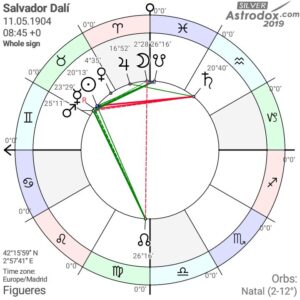 The house triplicity topics of the first house are youth, middle age, and old age – or the three thirds of your life and the overall quality of each. In Dali’s chart, the first house is ruled by Cancer. To figure out the planets to examine in relation to the house triplicity, we need to find the triplicity rulers of Cancer.
The house triplicity topics of the first house are youth, middle age, and old age – or the three thirds of your life and the overall quality of each. In Dali’s chart, the first house is ruled by Cancer. To figure out the planets to examine in relation to the house triplicity, we need to find the triplicity rulers of Cancer.
First, we see that this is a daytime chart, so we look at the diurnal triplicity sign rulership. Cancer is a water sign, so the primary triplicity ruler is Venus, the secondary Mars, and the participating ruler is the Moon. From this, we see the following.
- Youth, or the first third of Dali’s life, is influenced by Venus, who is cozy in her domicile in Taurus.
- The middle third of Dali’s life is influenced by Mars, in exile in his detriment in Taurus.
- Finally, the last third of Dali’s life is influenced by the Moon in Aries. We would also take into account the important rulership of the Moon over Cancer.
I’m not going to try to interpret what all of these mean, because I focus primarily on electional astrology and am currently crap at natal chart reading. But now that we know what house triplicities are and how to calculate them, it’s time to sigh with tired exasperation as we realize there are thirty-six more astrological tidbits to memorize.
Using the Art of Memory
But never fear! The Art of Memory is here! Let’s look at how to use the Tree, one of Bruno’s thirty seals, to create a mnemonic structure for this collection of topics.2
The tree works like a chain, where each subject on the chain leads to a new chain of subjects. In computer science, this would be akin to a linked list of linked lists, or an array of arrays. You can conceptually look at it like this:
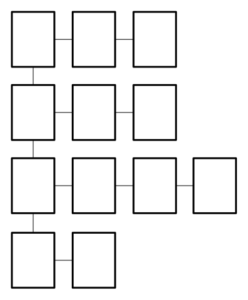 For the “trunk” of the memory tree, we need a collection of twelve images that are easy to remember and access. They should be visual and they should incorporate movement. The stranger these images are, the better. And, as the old teachers of the art of memory frequently instruct us, images that invoke emotion are the best.
For the “trunk” of the memory tree, we need a collection of twelve images that are easy to remember and access. They should be visual and they should incorporate movement. The stranger these images are, the better. And, as the old teachers of the art of memory frequently instruct us, images that invoke emotion are the best.
Creating the Memory Tree
At first, I thought about using the twelve signs of the Zodiac as memory images for this set of twelve. However, I quickly abandoned that idea because mixing other astrological data with the information we’re memorizing here would cause no end of confusion. In addition, the symbols and images of the Zodiac are reused so often for other purposes that their mnemonic value here would become confused and muddy.
Instead, I decided to base this mnemonic device on my favorite holiday song, “The Twelve Days of Christmas.” The words are easy to remember, and if you don’t have them memorized, you can learn the song. Each item on the list can be used to create a vivid and moving image. Their order is built into the image, as well. Holiday songs typically have emotions associated with them, which can help the images remain in the memory structure.
Here are the memory images in order, taken from the song lyrics:
- Partridge in a pear tree
- Two turtle doves
- Three French hens
- Four calling birds
- Five golden rings
- Six geese a-laying
- Seven swans a-swimming
- Eight maids a-milking
- Nine ladies dancing
- Ten lords a-leaping
- Eleven pipers piping
- Twelve drummers drumming
The first step in creating a memory tree for the house triplicities is to take some time going through these twelve items and creating a linked chain of vivid images with them. Remember to make the images move, give them exaggerated and ridiculous characteristics, and try to associate feelings and emotions with them.
Populating the Memory Tree
When Bruno presented his chain mnemonic for the signs of the Zodiac, he listed all of the images needed as well as the interactions that tied them together.3 When I presented my chain mnemonic for the twelve houses, I followed his example. However, the house triplicities are a more advanced mnemonic, seeing as how they include not just a chain, but approximately 48 imagenes – 36 for the triplicity topics and 12 for the days of Christmas. I think creating and sharing images for all of these would be a poor idea for several reasons. First, this is an excellent learning opportunity and a great way to practice the creation of images for yourself. Second, it would take forever, and I’d never finish writing this article.
Instead, I will share examples for the triplicity topics for the first two houses, and then you can figure out the rest.
The topics for the first house are youth, middle age, and old age. You already have an image of a partridge perched in a pear tree, perhaps singing its song or preening itself. Maybe it’s in a nest. Now to remember the topics, try this:
- A young person plucks a pear from the tree for an innocent treat.
- When the young person becomes an adult, they shoot the partridge to prepare a meal.
- Finally, in their old age, as an old person, they break a limb from the tree to use as a cane.
 The topics for the second house are wealth in the beginning, middle, and later parts of life. You already have an image of two turtle doves – which are real birds, by the way. To remember the topics, try images like this:
The topics for the second house are wealth in the beginning, middle, and later parts of life. You already have an image of two turtle doves – which are real birds, by the way. To remember the topics, try images like this:
- The one of the turtle doves lays a golden egg. They rejoice.
- The turtle doves continue laying golden eggs, using their wealth to build a white picket fence around their nest.
- Finally, in their old age, the turtle doves wear top hats and monocles and perch atop a Scrooge McDuck-sized pile of golden eggs, overflowing the picket fence.
You can continue along this line for each of the twelve houses. For example, perhaps the three French hens are all related, and maybe the four calling birds involve a real estate deal. These topics are going to have associations that will be individual and strong to you, so use those associations to guide your creativity and imagination. Just remember the basic rules for images:
- Keep them well-lit.
- Have them invoke emotion.
- Always imbue them with motion.
As you create your image chains for each house triplicity, remember that the images need to relate to each other to create a strong link. Good luck on your mnemonic journey, and let me know how this works for your Astro-Mnemonic practice in the comments!
Many thanks to Dorje Kirsten of Heart Astrology for double-checking my astrology and making sure it was correct.
Did you like this article? My patrons received it early. Support my work on Patreon!

- Avelar, Helena, and Luis Ribeiro. On the Heavenly Spheres: A Treatise on Traditional Astrology. Tempe, Az.: American Federation of Astrologers, 2010. 232-5. ↩
- Bruno, Giordano. Thirty Seals & The Seal Of Seals (Giordano Bruno Collected Works) (Volume 4), 2016. 23, 59-61. ↩
- Bruno, Giordano. De Umbris Idearum: On the Shadows of Ideas & The Art of Memory. Translated by Scott Gosnell, 2013. 31. ↩

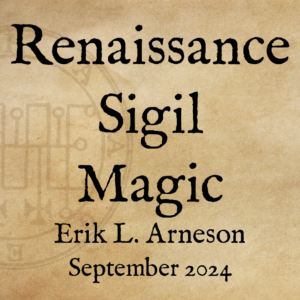

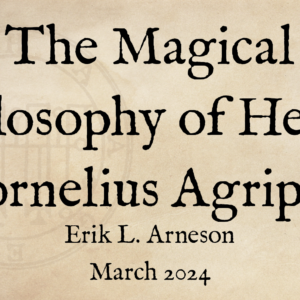
Leave a Reply